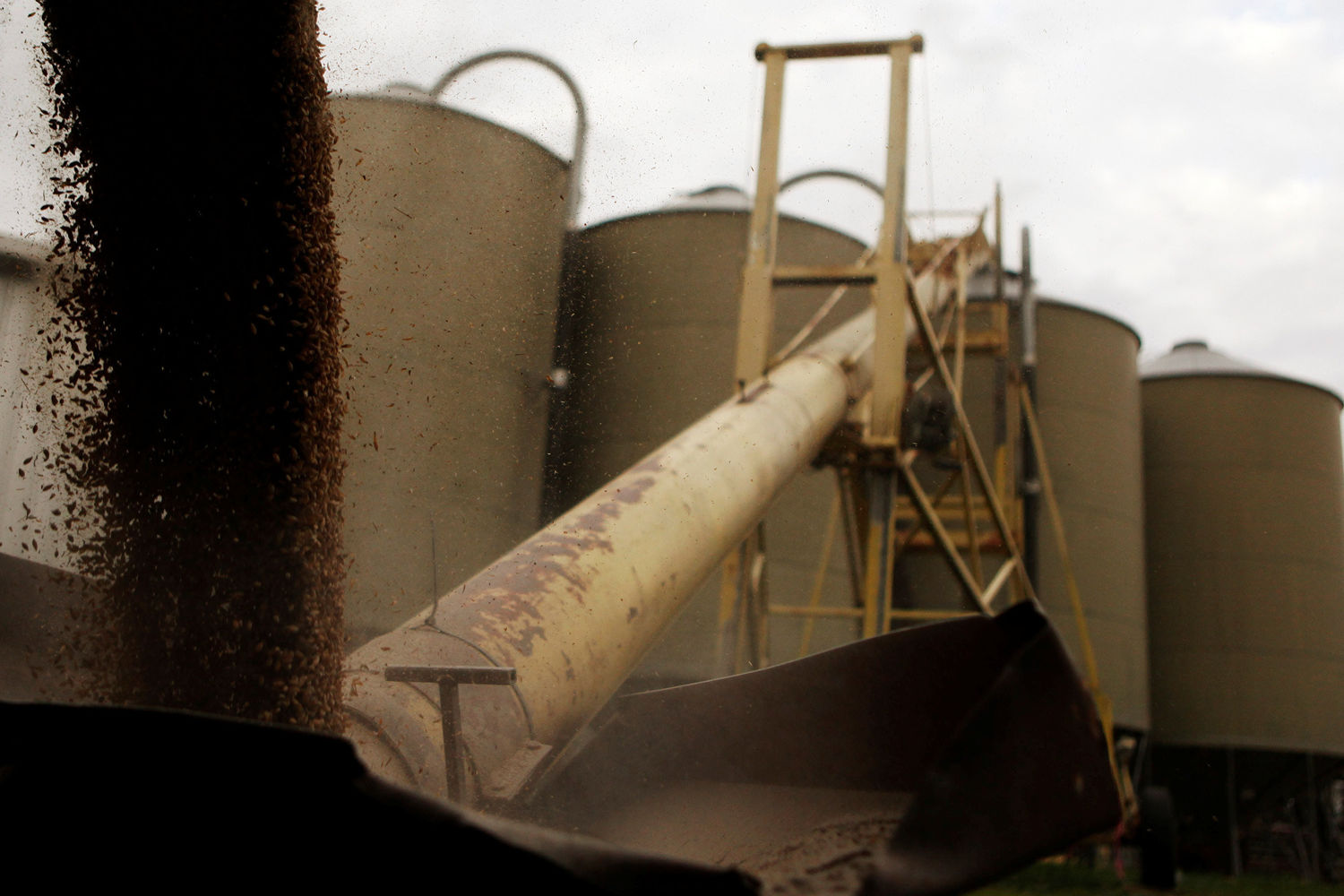(ATF) Australia has vowed to take China to the World Trade Organization over its imposition of tariffs on imports of barley, in a move that could mire the two countries’ increasingly bitter trade disputes in a years-long process.
Australia’s Minister for Trade, Simon Birmingham said on December 16 that Australia would also request formal consultations with China regarding anti-dumping and countervailing duties on barley from Australia amid a wider diplomatic row between Canberra and Beijing.
While China is expected to increase barley imports this year, according to the US Department of Agriculture’s Foreign Agricultural Service, Australia is unlikely to benefit. Beijing has stepped up purchases mainly from Canada, France and Ukraine.
The move would mark the first time Australia has taken a complaint to the group but Birmingham warned further actions could follow in other sectors. “Australia has an incredibly strong case to mount in relation to defending the integrity and propriety of our grain growers and barley producers,” Birmingham says.
Despite acknowledging that WTO cases can take years, Australia denies allegations it subsidises local barley production and Birmingham says it would seek formal intervention from the global trade body.
Origins in the pandemic
Beijing-Canberra ties took a turn for the worse earlier this year after Canberra proposed an independent investigation into the origins of the coronavirus pandemic, which emerged in Wuhan in December 2019. Beijing in May imposed five years of anti-dumping and anti-subsidy duties totalling 80.5% on Australian barley, freezing a trade worth A$500 million in 2019.
“These tariffs will disrupt and most likely halt exports by artificially increasing the price of Australian barley imported to China until the situation is resolved,” Australia’s grain lobby groups said in a joint statement back in May. “Australia is the largest supplier of barley to China [and] this imposed duty makes Australian barley less competitive into the Chinese market.” About 70% of Australian exports of the grain typically go to China.
“This raises the risk that while China and the broader region look set for a continued rebound in growth, Australia may enjoy fewer of the benefits than usual,” says Nomura strategist Andrew Ticehurst.
Australia’s centre-right Liberal-National coalition government is under growing pressure from grain growers now forced to seek alternative markets for the five years the tariffs are due to be imposed – the junior National party is considered the political arm of Australian farmers and rural residents.
Wider bilateral tensions
The rift between the two nations goes further back than Covid-19, analysts point out. Tensions began with Australia’s ban on Huawei’s participation in the nation’s 5G rollout based on national security grounds back in 2018. In addition, Australia has sided with Japan and the US over China’s territorial claims in the South China Sea. Canberra a,so b,ocked a A$600 million deal to sell an Australia-based dairy business to a Chinese company, China Mengniu Dairy.
“Strategic alliances are shifting as we have seen most potently with the China-U.S. hegemonic struggles,” says Eleanor Creagh, a strategist at Saxo Bank. “Australia is caught in the crossfire and the pandemic has been a pivotal moment for the relationship.”
Creagh notes that Australia’s export economy is “incredibly interconnected” with China, as it is Australia’s largest trading partner and Chinese immigration and tourism has underpinned demand for Australian property and services exports such as tourism and education. In 2018/19, China accounted for around 26% of total two-way trade, way ahead of Japan at 10%, and the US at 9%.
The tensions go beyond barley. Chinese importers have been told to stop buying Australian coal, copper, sugar, timber, wine, and lobsters. However, imports of Australian iron ore have been maintained. “These threats hold serious repercussions for Australia’s services economy, as China remains the number one purchaser of both Australian goods and services exports,” says Creagh.
The long WTO process means that Australia-China trade tensions could simmer for years. “Australia-China trade tensions will likely continue in 2021,” says Ticehurst. But, he adds: “We note that export values to China are still rising in annual terms due to current high iron ore prices, so in one sense we see some give and take here, with China paying more for iron ore but taking fewer of Australia’s exports elsewhere.”























